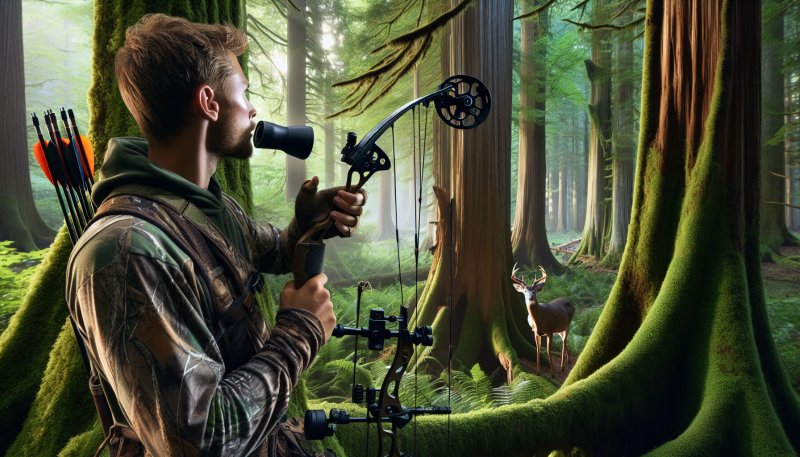One of the most important consideration is the size and resolution of the display screen. A larger screen can make it easier to see what's going on beneath the surface, while a higher resolution will provide clearer and more detailed images. If you plan on fishing in sunlight or low-light conditions, be sure to choose a fish finder with a bright and easy-to-read screen.
Also, think about the features that are most important to you. Some fish finders come with GPS technology, while others offer advanced sonar capabilities. Think about what will be most helpful to you in your fishing adventures and choose a fish finder that has the features you need.
Understanding Sonar Technology for Beginners
Sonar technology is a powerful tool that allows anglers to locate fish underwater with ease. Simply put, sonar is a system that uses sound waves to detect objects under the surface of the water. When these sound waves encounter an object, such as a fish, they bounce back to the sonar device, providing information about the location and size of the fish.
One key component of sonar technology is the transducer. This device emits the sound waves into the water and receives the echoes that bounce back. It then sends this information to the display unit, where it is interpreted and displayed for the user. The display unit shows a visual representation of what is under the water, including the fish, the depth of the water, and any structures or vegetation that may be present.
It is important for anglers to understand how to interpret the information presented on the sonar display. Different colors and shapes on the screen indicate different types of objects underwater. For example, a solid line may represent the bottom of the water, while a series of arches or "fish symbols" can indicate the presence of fish. By learning how to read these displays, anglers can effectively use sonar technology to locate and catch more fish.
Reading and Interpreting Fish Finder Displays
When using a fish finder, the display screen is your window into the underwater world. Understanding how to read and interpret the information on the screen is key to successfully locating and catching fish. Most fish finders come equipped with a sonar display, which shows you a visual representation of what lies beneath the surface of the water.
One of the most important things to look for on a fish finder display is the presence of fish arches. These arches show up on the screen when a fish passes through the sonar beam. The size of the arches can give you an indication of the size of the fish. Larger arches typically indicate larger fish, while smaller arches may indicate smaller fish.
In addition to fish arches, you may also see other objects or features on the sonar display. These could include underwater structures like rocks, trees, or weeds, as well as the bottom contour of the body of water you’re fishing in. By paying attention to these features, you can get a better understanding of the underwater environment and where fish might be hiding.
Overall, learning to read and interpret fish finder displays takes practice and experience. By spending time on the water and paying close attention to what your fish finder is showing you, you can improve your ability to locate and catch fish. Remember to experiment with different settings and adjust your display to get the clearest and most accurate information possible.
Tips for Using Your Fish Finder Effectively
If you're new to using a fish finder, don't worry - it's easier than you think! Follow these tips to make the most out of your fish finder and increase your chances of reeling in a big catch.
First and foremost, understanding the display on your fish finder is crucial. Familiarize yourself with the various symbols and images that appear on the screen. Look for features like fish arches, which indicate potential fish targets, and be on the lookout for underwater structures where fish like to hide.
Next, make sure your fish finder is set up properly for the current conditions. Adjust the sensitivity and depth range settings to match the water depth and clarity of the area you're fishing in. This will help you get a clearer picture of what's happening beneath the surface and increase your chances of locating fish.
Lastly, don't forget to continuously monitor your fish finder as you move around on the water. Pay attention to any changes in the display, such as sudden increases in fish activity or the appearance of bait balls. By staying alert and responsive to the information provided by your fish finder, you'll be able to adapt your fishing strategy in real-time and improve your chances of success.

